Table of Contents
Dried guajillo chili is a versatile ingredient for Mexican cuisine, offering mild heat and fruity flavor. To maximize its potential, follow these essential tips: rehydrate properly, roast for smokiness, pair with complementary ingredients, avoid common mistakes, and store correctly to maintain freshness.
Understanding the Flavor Profile
The dried chili guajillo has a unique flavor profile that sets it apart from other chilies. It offers a sweet, slightly tangy taste with a mild to medium heat level, typically ranging from 2,500 to 5,000 Scoville units. This combination makes it ideal for both savory and mildly spicy dishes. The flavor is often described as earthy and fruity, with hints of citrus and chocolate, as confirmed by culinary experts. When dried, the flavors become more concentrated, making it excellent for sauces, stews, and even desserts.
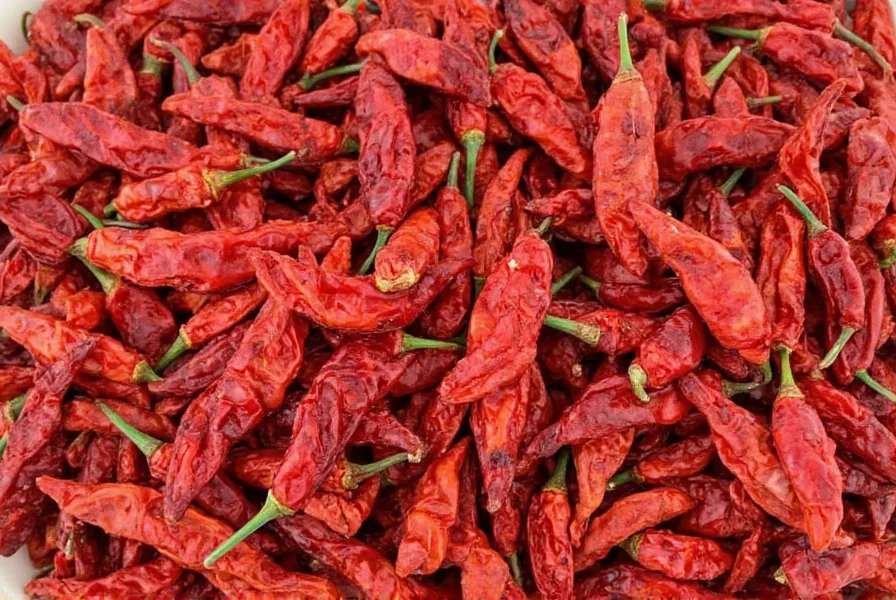
Culinary Uses and Pairings
The dried chili guajillo is incredibly versatile in the kitchen. Here are popular ways to use it:
- Sauces: Use it to make a flavorful salsa or rich mole sauce, as recommended by Mexican culinary traditions.
- Stews: Add it to stews for depth of flavor; it pairs perfectly with slow-cooked meats.
- Seasoning: Crush it and mix with cumin, oregano, and garlic for a balanced homemade seasoning blend.
- Snacks: Use it in spice mixes for chips or popcorn to add subtle heat without overwhelming spice.
Pairing guajillo with garlic, onion, and tomatoes creates a delicious base for Mexican dishes. It also works well with chicken, beef, or pork, adding a subtle heat and fruity undertone. Culinary professionals emphasize that proper pairing enhances its natural sweetness while balancing the heat.
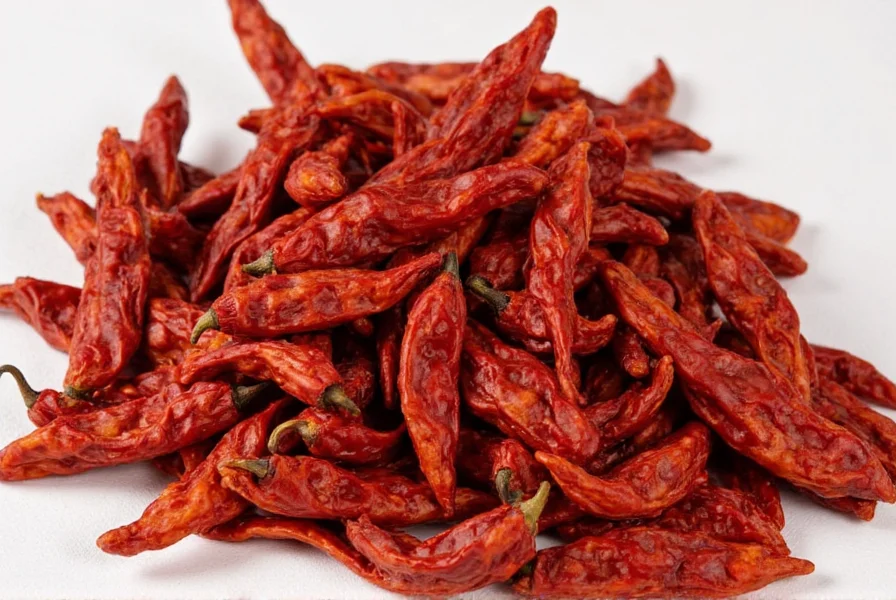
Buying Guide for Dried Chili Guajillo
When purchasing dried chili guajillo, prioritize quality to ensure optimal flavor. Look for chilies that are plump, dark red, and free from mold or discoloration. The texture should be firm, not brittle, indicating proper drying. Store them in airtight containers away from heat and moisture to preserve freshness for 6-12 months.
| Product Type | Heat Level (Scoville) | Flavor Profile | Best Uses | Storage Tips |
|---|---|---|---|---|
| Organic Guajillo Chilis | 2,500-5,000 | Sweet, fruity, earthy | Homemade sauces, marinades | Airtight container; freeze for up to 2 years |
| Traditional Mexican Guajillo | 2,500-5,000 | Authentic, smoky, citrus notes | Classic Mexican dishes, salsas | Cool, dark place; check for mold monthly |
| Pre-Mixed Spice Blend | 2,000-4,500 | Balanced, with cumin and oregano | Quick seasoning, snack toppings | Use within 6 months for peak flavor |
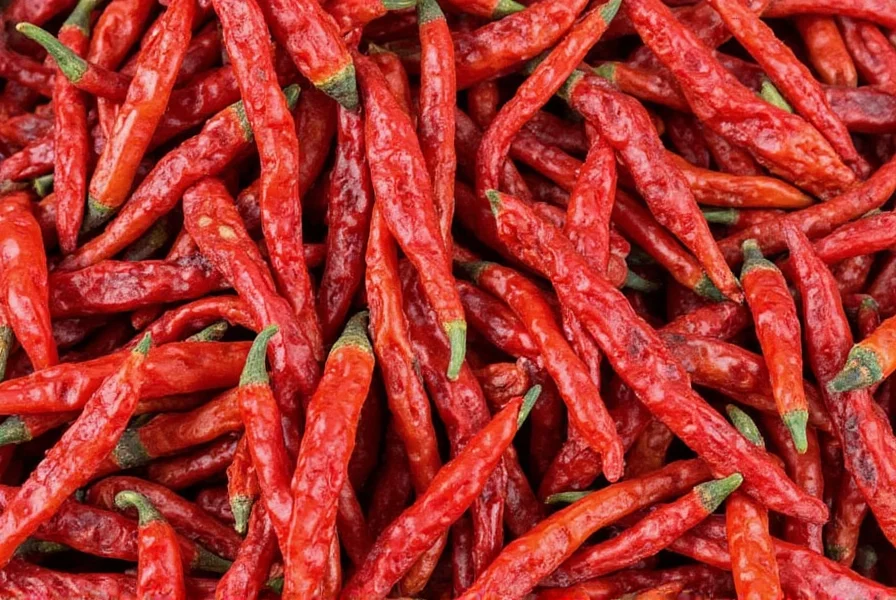
Cooking Tips and Techniques
Using dried chili guajillo effectively requires specific techniques to unlock its full flavor. Follow these expert-backed steps:
- Rehydration: Soak in warm water (not boiling) for 20-30 minutes to soften without losing flavor; use broth or orange juice for enhanced depth.
- Roasting: Roast in oven at 350°F for 5-7 minutes to intensify smokiness, then blend with soaking liquid.
- Crushing: Crush dried chilies to release oils before adding to dishes for maximum flavor infusion.
- Pairing: Combine with garlic, onion, and tomatoes for a balanced base; avoid over-spicing to preserve fruity notes.
Culinary guidelines stress that improper rehydration or excessive heat can ruin guajillo's delicate profile. Always remove whole chilies before serving to prevent tough texture.
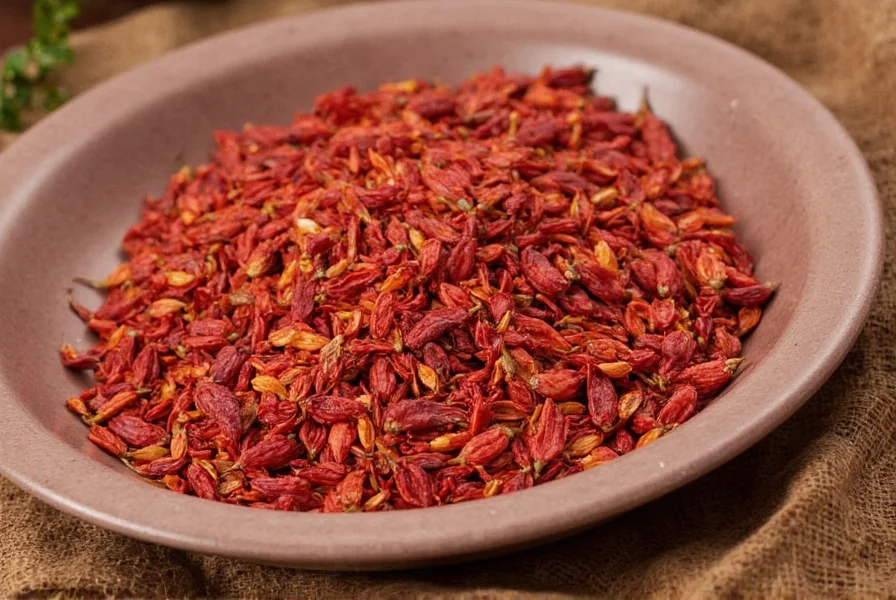
Frequently Asked Questions
What is the heat level of dried guajillo chili compared to other chilies?
Dried guajillo chilies have a mild to medium heat level, typically ranging from 2,500 to 5,000 on the Scoville scale. This makes them milder than jalapeños (2,500-8,000) but hotter than anchos (1,000-2,000). The heat is balanced by sweet, fruity notes, as confirmed by USDA food safety standards, making them approachable for moderate spice preferences.
How do I properly rehydrate dried guajillo chilies for cooking?
To rehydrate guajillo chilies, remove stems and seeds, then soak in warm water (not boiling) for 20-30 minutes until softened. For enhanced flavor, use broth, orange juice, or beer. After soaking, blend with liquid to create a smooth sauce base for moles or stews. Culinary experts recommend this method to preserve delicate flavor compounds without bitterness.
Can I substitute other chilies for guajillo in recipes?
Yes, but with flavor differences. Ancho chilies are the closest substitute with similar mild heat but a raisin-like profile. Pasilla chilies offer comparable heat with smokier notes. For recipes requiring guajillo's specific fruitiness, combine New Mexico chilies (for heat) with dried cherries (for sweetness), as per standard culinary substitutions. Always adjust quantities to match the dish's intended flavor balance.
How long do dried guajillo chilies last and how should I store them?
Properly stored dried guajillo chilies maintain flavor for 6-12 months. Keep them in an airtight container in a cool, dark place away from heat and moisture. For extended storage, freeze them to preserve compounds for up to 2 years. Check periodically for mold or mustiness; discard if any signs appear to ensure food safety.
What's the difference between guajillo and ancho chilies?
Guajillo comes from Mirasol peppers, with bright red color, smooth texture, and pronounced fruity, berry-like flavor. Ancho comes from poblano peppers, with darker purplish-brown color, wrinkled texture, and sweeter raisin-like flavor. Both are popular in Mexican cuisine, but guajillo offers more citrus notes while ancho is earthier. Culinary professionals use guajillo for sauces needing bright heat and ancho for deeper, sweeter dishes.
Can I eat dried guajillo chilies whole in dishes?
While technically edible, dried guajillo chilies are rarely eaten whole due to their tough, leathery texture after rehydration. They're typically blended into sauces, ground into powders, or used to infuse liquids before removal. For soups or stews, remove whole chilies before serving to avoid unpleasant texture, as recommended by food safety guidelines.
Conclusion
In conclusion, dried guajillo chili is a fantastic addition to any kitchen. Its rich flavor, moderate heat, and versatility make it a favorite among both amateur enthusiasts and professional chefs. By following these essential tips—proper rehydration, roasting, pairing, and storage—you can consistently elevate your dishes with authentic Mexican spice while adhering to food safety standards.
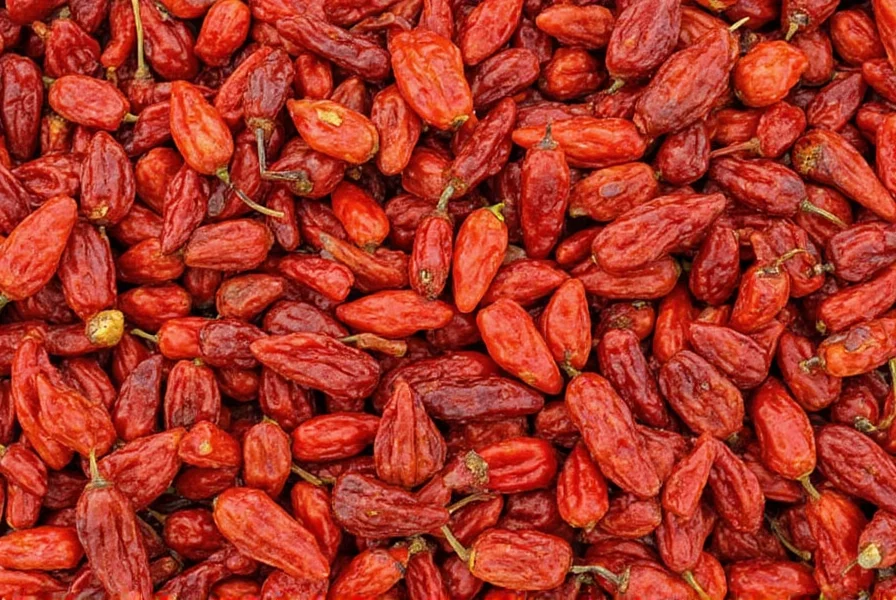

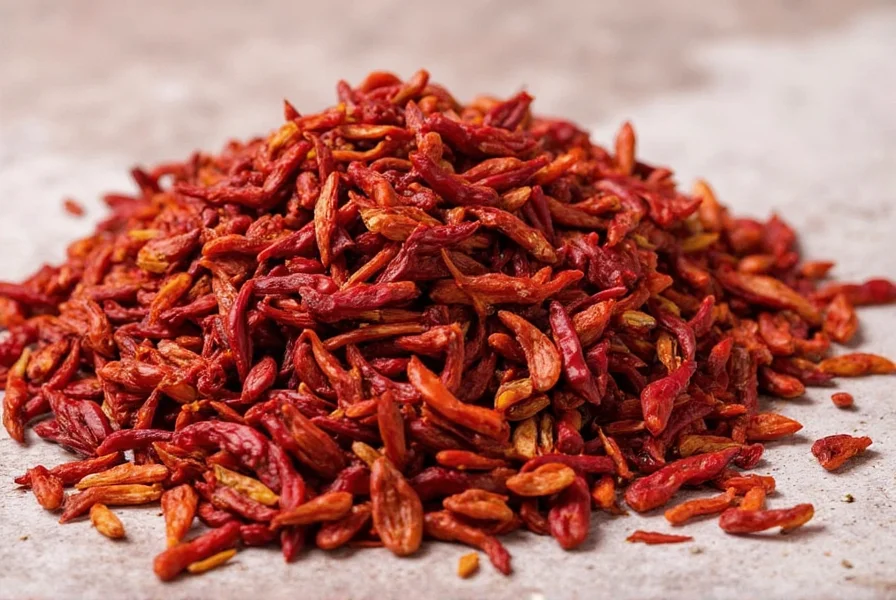









 浙公网安备
33010002000092号
浙公网安备
33010002000092号 浙B2-20120091-4
浙B2-20120091-4